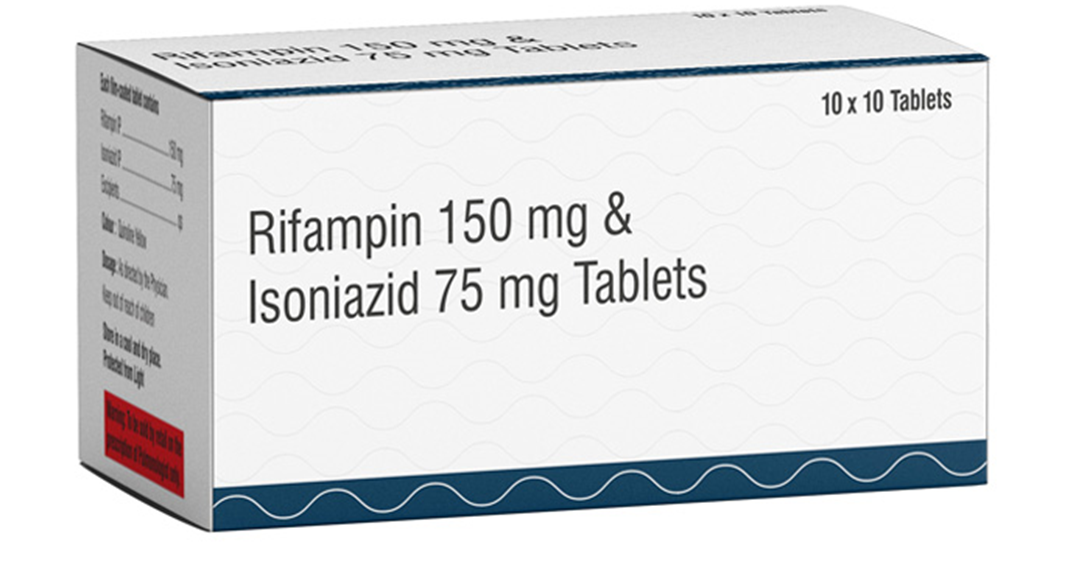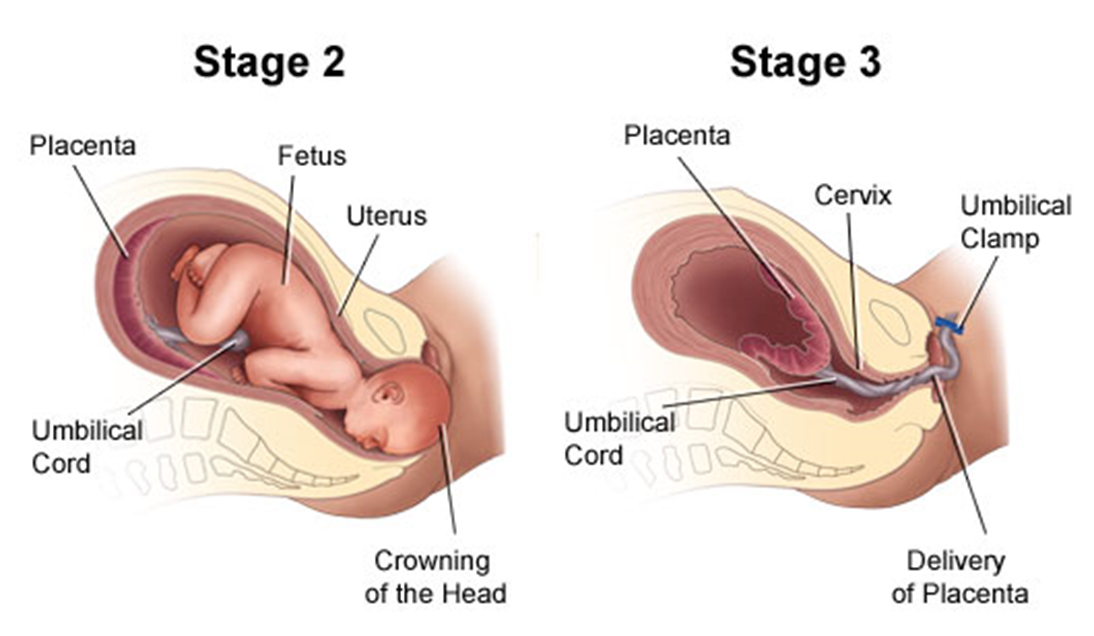While making rounds, the charge nurse notices that a young adult client with asthma who was admitted yesterday is sitting on the side of the bed and leaning over the bed-side table. The client is currently receiving oxygen at 2 liters/minute via nasal cannula. The client is wheezing and is using pursed lip breathing. Which intervention should the nurse implement?
Increase oxygen to 6 liters/minute.
Call for an Ambu resuscitation bag.
Instruct the client to lie back in bed.
Administer a nebulizer treatment.
The Correct Answer is D
Choice A reason: Increasing oxygen to 6 liters/minute is not an intervention that the nurse should implement, as this can worsen the bronchospasm and hypoxia by reducing the hypoxic drive and causing carbon dioxide retention. This is a contraindicated choice.
Choice B reason: Calling for an Ambu resuscitation bag is not an intervention that the nurse should implement, as this is not indicated for a client who is conscious and breathing spontaneously. This is an overreaction choice.
Choice C reason: Instructing the client to lie back in bed is not an intervention that the nurse should implement, as this can increase respiratory distress and compromise airway clearance by reducing lung expansion and increasing abdominal pressure. This is another contraindicated choice.
Choice D reason: Administering a nebulizer treatment is an intervention that the nurse should implement, as this can deliver bronchodilators and anti-inflammatory agents directly to the airways and improve ventilation and oxygenation for this client. Therefore, this is the correct choice.

Nursing Test Bank
Naxlex Comprehensive Predictor Exams
Related Questions
Correct Answer is ["0.3"]
Explanation
To convert mg to mcg, multiply by 1000.
10 mg x 1000 = 10000 mcg
To find the volume of teriparatide that contains 10000 mcg, use a proportion.
760 mcg / 2.4 ml = 10000 mcg / x ml
Cross-multiply and solve for x.
760 x = 24000
x = 24000 / 760
x = 31.57894736842105
Round to the nearest tenth.
x = 0.3 ml
Correct Answer is C
Explanation
Choice A reason: Providing pain medication to increase the client's tolerance of labor pains is not a specific intervention for the second stage of labor. Pain medication is a drug that relieves pain by blocking pain signals or reducing inflammation. Pain medication can be given during any stage of labor, depending on the client's preference and condition. However, pain medication may have side effects such as sedation, nausea, or respiratory depression, and may affect the fetal heart rate or the progress of labor.
Choice B reason: Assessing the fetal heart rate and pattern for signs of fetal distress is not a particular intervention for the second stage of labor. Fetal heart rate and pattern are indicators of fetal well-being and oxygenation. Fetal heart rate and pattern should be monitored throughout labor, especially during contractions, to detect any abnormalities or complications such as bradycardia, tachycardia, or decelerations.
Choice C reason: This is the correct answer because assisting the client to push effectively so that expulsion of the fetus can be achieved is a vital intervention for the second stage of labor. The second stage of labor begins when the cervix is fully dilated (10 cm) and ends with the delivery of the baby. The nurse should coach the client to push with each contraction, using proper breathing and positioning techniques, and provide feedback and encouragement.

Choice D reason: Monitoring effects of oxytocin administration to help achieve cervical dilation is not a relevant intervention for the second stage of labor. Oxytocin is a hormone that stimulates uterine contractions and cervical dilation. Oxytocin can be administered during labor to augment or induce labor, especially if there is prolonged or dysfunctional labor. However, oxytocin is not needed in the second stage of labor, when the cervix is already fully dilated and the focus is on pushing and delivering the baby.
Whether you are a student looking to ace your exams or a practicing nurse seeking to enhance your expertise , our nursing education contents will empower you with the confidence and competence to make a difference in the lives of patients and become a respected leader in the healthcare field.
Visit Naxlex, invest in your future and unlock endless possibilities with our unparalleled nursing education contents today
Report Wrong Answer on the Current Question
Do you disagree with the answer? If yes, what is your expected answer? Explain.
Kindly be descriptive with the issue you are facing.
